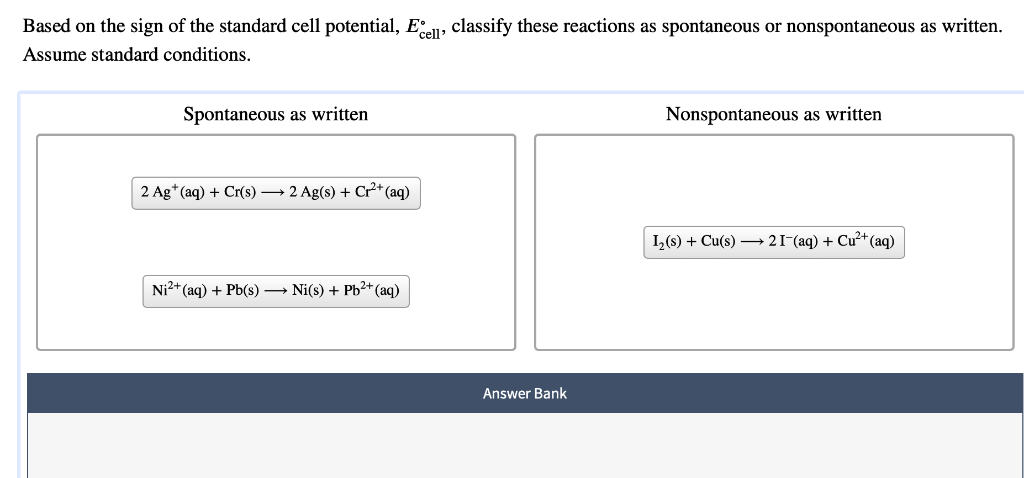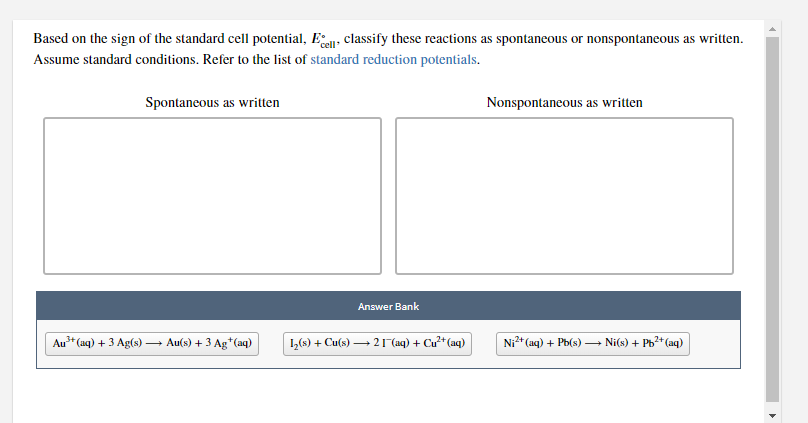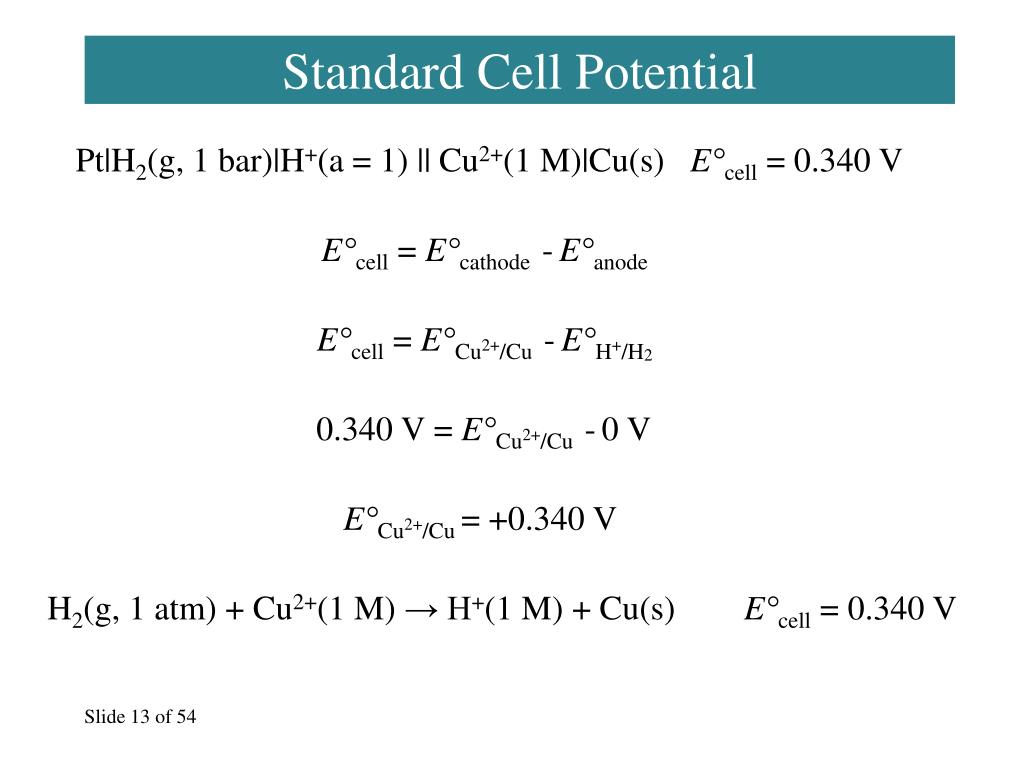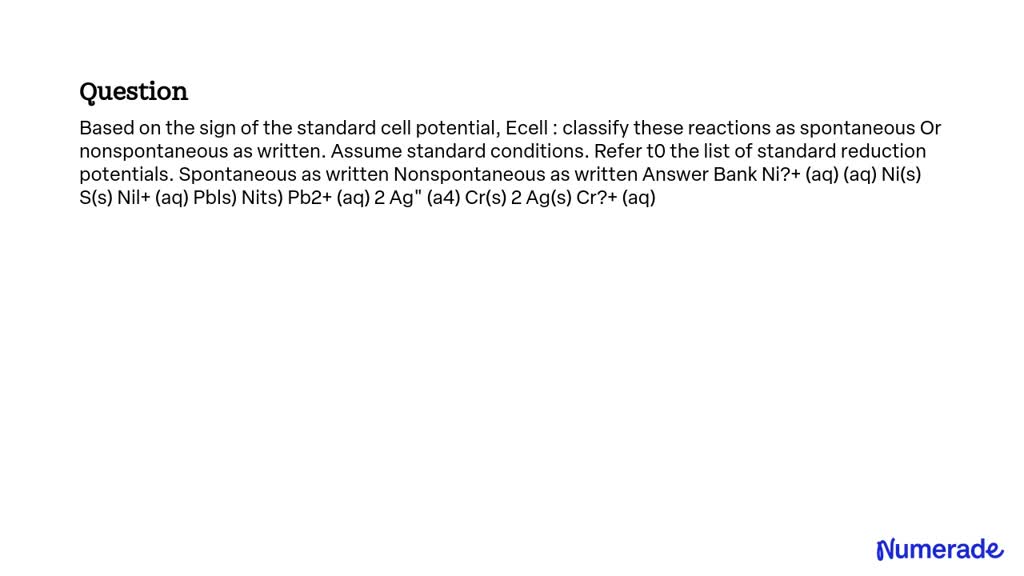Based On The Sign Of The Standard Cell Potential

Emergency protocols are now in effect at several research institutions globally following a series of anomalous electrochemical readings. The sign of the standard cell potential, a fundamental indicator of reaction spontaneity, has reportedly fluctuated erratically in controlled experiments, challenging established scientific principles.
The integrity of electrochemical processes crucial to various technological applications, from battery design to corrosion prevention, is now under scrutiny. The situation demands immediate investigation and coordinated action to mitigate potential unforeseen consequences.
Anomalous Readings Detected
On October 26, 2023, at 08:15 GMT, the International Electrochemical Standards Observatory (IESO) issued an alert regarding irregularities observed in standard cell potential measurements.
Independent laboratories across three continents—North America, Europe, and Asia—confirmed similar deviations, triggering a cascade of investigations.
The primary anomaly centers around instances where electrochemical reactions, thermodynamically predicted to be non-spontaneous (negative standard cell potential), are exhibiting characteristics of spontaneous reactions, and vice-versa.
Impact on Battery Technology
The implications for battery technology are immediate and potentially severe. The ability to accurately predict battery performance and stability relies heavily on the consistent behavior of standard cell potentials.
Preliminary data suggests that existing battery models may no longer accurately reflect the true operational characteristics of electrochemical energy storage devices.
This could lead to unpredictable battery life, reduced efficiency, and, in extreme cases, potential safety hazards, including thermal runaway.
Corrosion Concerns
The stability of metal structures, especially in corrosive environments, is another area of significant concern. Engineers rely on standard reduction potentials to design protective coatings and cathodic protection systems.
If these potentials are unreliable, the risk of accelerated corrosion and structural failure increases substantially. Critical infrastructure, including bridges, pipelines, and marine structures, could be vulnerable.
IESO Response
The IESO has activated its emergency response team, comprised of leading electrochemists, materials scientists, and engineers.
A global collaborative research effort has been initiated to identify the root cause of the observed anomalies and develop mitigation strategies.
“We are committed to understanding the nature of these deviations and providing the scientific community with the necessary tools to address them,” stated Dr. Anya Sharma, Director of IESO, in a press conference held earlier today.
Confirmed Facts
Multiple independent research groups have verified the anomalous behavior of standard cell potentials.
The deviations do not appear to be localized to any specific geographical region or experimental setup.
The magnitude of the potential shift varies across different electrochemical systems, but the underlying trend remains consistent: a disruption in the expected sign and magnitude of the cell potential.
Expert Analysis
“This is not simply a matter of experimental error,” explains Professor Ben Carter, a renowned electrochemist at the Massachusetts Institute of Technology.
“The consistency and widespread nature of these observations suggest a more fundamental issue at play. We need to re-evaluate our understanding of the factors governing electrochemical reactions.”
Other scientists point towards external factors like changes in fundamental constants, though this remains highly speculative.
Next Steps and Ongoing Developments
The IESO is coordinating a series of workshops and conferences to facilitate the exchange of data and ideas among researchers.
Funding agencies are redirecting resources to support investigations into the phenomenon.
Real-time monitoring systems are being deployed to track the evolution of the standard cell potentials over time and across various experimental conditions.
The National Institute of Standards and Technology (NIST) is recalibrating its reference electrodes and electrochemical measurement standards.
The situation is dynamic and requires constant vigilance. Further updates will be provided as new information becomes available.




![Based On The Sign Of The Standard Cell Potential [GET ANSWER] based on the sign of the standard cell potential ecell](https://cdn.numerade.com/ask_images/16bfa805fbc5471794a250d8b378e586.jpg)












